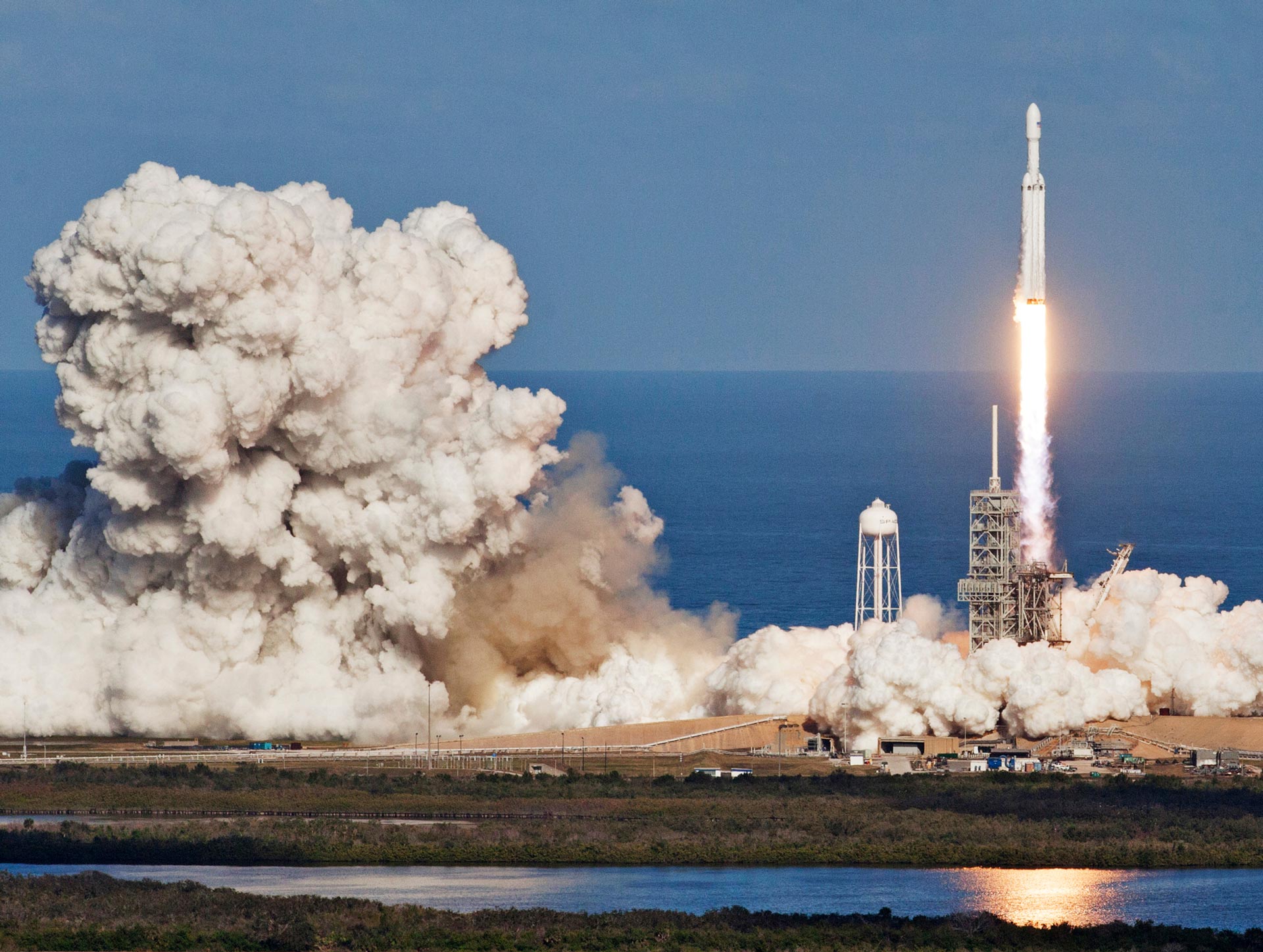
Despite initially having 18 pre-qualified teams in the race, the US Defense Advanced Research Projects Agency (DARPA) now only has a single team in the running for the DARPA Launch Challenge – and the industry remains clueless as to who it is.
The DARPA Launch Challenge is designed to dramatically increase the rate at which space launches can be planned and executed, with a $10m prize for the winning team.
It is hoped that it will lead to changes in how space missions – particularly those for military purposes – can be launched, so that they are far more reactive and flexible, rather than requiring years of planning, as is typically the case at present.
“A major element of the Launch Challenge is to stress the systems that currently constrain access to space,” explained Todd Master, program manager for the DARPA Launch Challenge in the Tactical Technology Office.
“Today, space launch is a process that begins two to three years in advance, and it relies on a limited number of launch sites with complex, expensive, and fixed infrastructure,”
Contenders drop out as DARPA Launch Challenge deadline approaches
In early 2020, after multiple phases and the narrowing down of the field, the remaining contenders were set to be notified of the first launch site, with a launch window planned for some point in February, around 30 days later. A second launch at a different location was set to follow.
How well do you really know your competitors?
Access the most comprehensive Company Profiles on the market, powered by GlobalData. Save hours of research. Gain competitive edge.

Thank you!
Your download email will arrive shortly
Not ready to buy yet? Download a free sample
We are confident about the unique quality of our Company Profiles. However, we want you to make the most beneficial decision for your business, so we offer a free sample that you can download by submitting the below form
By GlobalDataThis will go ahead, but instead of the three finalists the agency selected in April, only one team will be competing in the DARPA Launch Challenge, after VOX Space, a wholly owned subsidiary of Virgin Orbit, dropped out yesterday.
In a LinkedIn post, Virgin Orbit praised DARPA’s leadership for creating the challenge and said that it remained “very supportive of the underlying goals of the competition”. However, the company said that it had opted to withdraw “after comparing DARPA’s requested timeline with our commitments to our commercial and government customers”.
It follows the dropping out of Vector Launch in September, after the company announced a “pause in operations” in August, citing a “significant change in financing”.
Who is the mystery team left in the DARPA Launch Challenge?
While both Vector Launch and VOX Space had been very open about their operations and goals, the space industry remains in the dark about who the mystery team left in the running for the DARPA Launch Challenge is.
DARPA has described the organisation as “a space startup comprising industry veterans currently operating in stealth mode while the company works toward internal technical milestones”.
Back in April when the three finalists were announced, DARPA said that the startup had “requested anonymity for the first few months of the Challenge”. However, there is nothing to indicate that this anonymity will be waived any time soon.
That may change, however, once the company embarks on the launches next year.
Completing the challenge
The DARPA Launch Challenge is by no means easy to achieve, as shown by the level of drop-off in the competition.
However, the mystery space company is set to walk away with a significant payout if it is successful.
Each launch will require the startup to launch a payload into low-Earth orbit.
If it does this successfully on the first mission, it will be awarded $2m and invited to attempt the second launch, the campaign for which will begin in March 2020, in the new location. Successful completion of this launch will net the company $10m.
It will not be easy, but success could prove to be a significant step towards rapid deployment of space launches.
“As indicated in the quickly narrowing field of competitors, responsive and flexible access to space remains a significant challenge,” said Master.
“Future warfighting needs will require true space resilience, the ability to put assets into orbit quickly and from a variety of locations. It’s a fundamental shift from a strategic use of exquisite space assets to a more tactical future.”
Read more: Apollo 15’s Al Worden on Mars, space race 2.0 and astronaut humour






